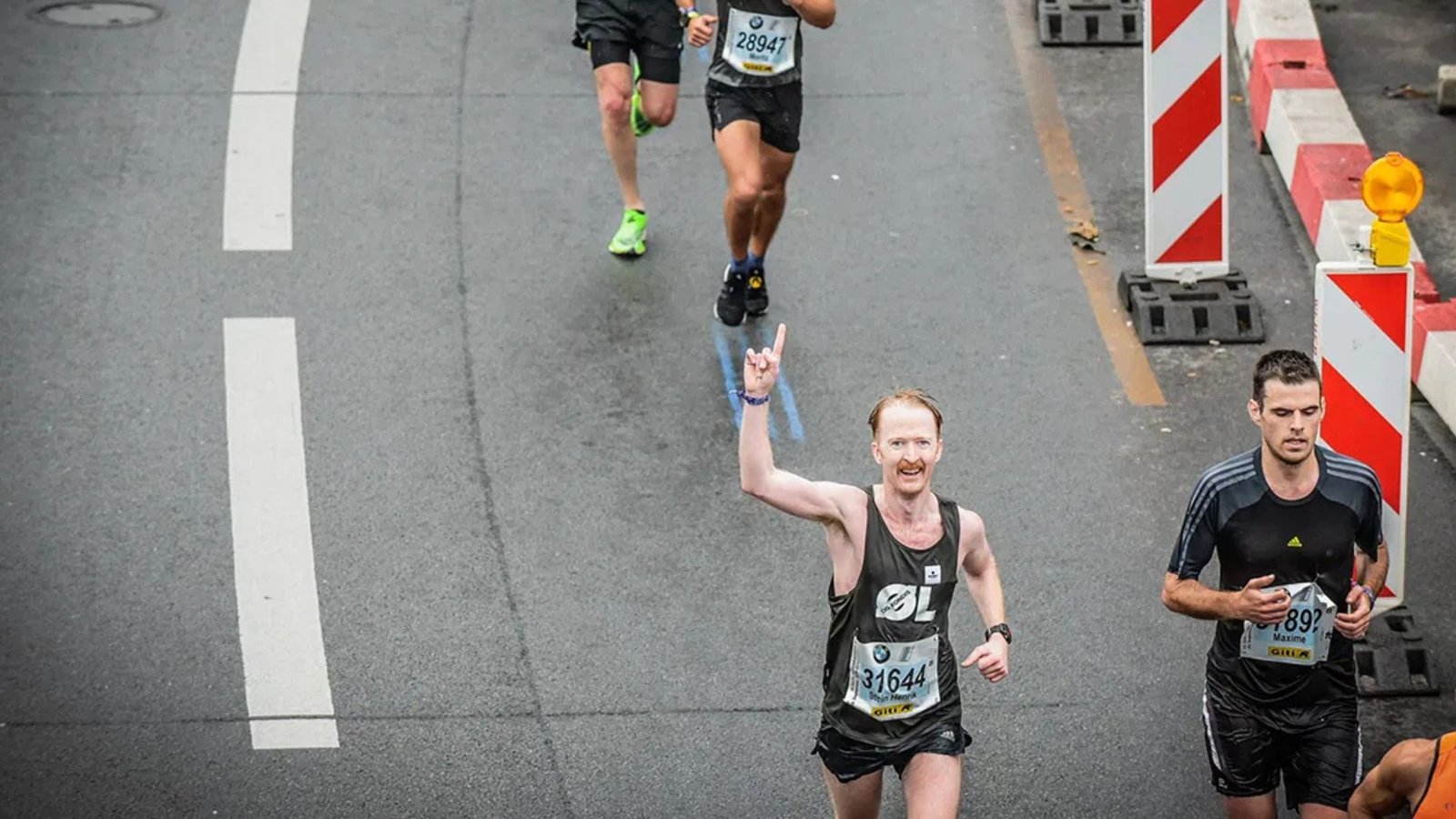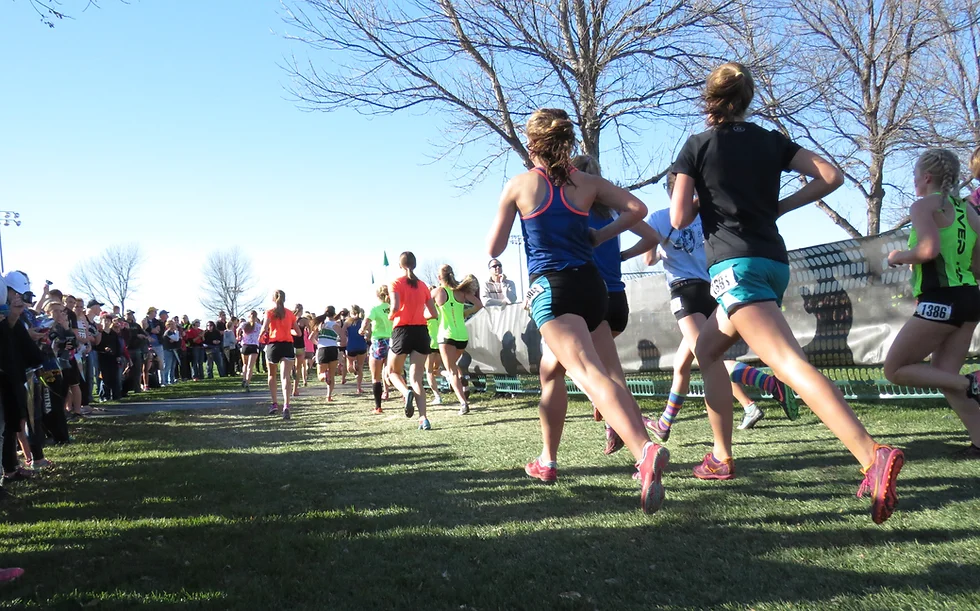When it comes to marathon running, pacing is everything. A solid pacing strategy can be the difference between a successful race and a struggle to finish. Running too fast at the start can lead to burnout, while running too slowly may leave you with too much energy at the end. So, how do you pace yourself for a marathon? In this post, we’ll explain different marathon running pacing strategies and help you figure out the best approach for your race.

What Is Pacing in a Marathon?
Pacing is the strategy of running at a steady, controlled speed throughout the marathon. Instead of rushing out of the gates or holding back too much, you want to maintain a consistent pace that you can sustain for the entire 26.2 miles. A good pacing strategy allows you to conserve energy, avoid hitting the “wall,” and finish strong.
1. Negative Splits: Run Faster in the Second Half
One of the most popular marathon pacing strategies is called “negative splits.” This strategy involves running the second half of the marathon faster than the first. The idea is to start conservatively, saving energy in the beginning, and gradually increasing your speed as the race progresses.
Why Negative Splits Work
Starting slow allows your body to warm up properly without overexerting yourself. As you approach the halfway point, your muscles are ready to pick up the pace. This approach helps you avoid fatigue, and many runners find that they have more energy to finish strong.
How to Use Negative Splits
If your goal is to finish the marathon in 4 hours, aim to run the first half at a slightly slower pace (e.g., 9:15 per mile) and then gradually speed up in the second half (e.g., 8:50 per mile). The key is to start easy and progressively pick up the pace as you move through the race.
2. Even Splits: Consistent and Steady
The even splits strategy involves running each mile at the same pace, so your overall time is evenly distributed. If you plan to run a marathon with even splits, you’ll aim to hit the same time for each mile throughout the race.
Why Even Splits Work
Running at a consistent pace prevents drastic changes in effort levels, which helps you avoid fatigue. It also keeps your energy levels steady, making it easier to predict your finishing time and manage your race.
How to Use Even Splits
If your target is to finish in 4 hours, you would aim to run each mile at about 9:09 per mile. Using a pacing watch or a GPS app can help you stick to this even pace throughout the race. This method works well for experienced runners who can maintain a steady rhythm.
3. Positive Splits: Start Fast, Finish Strong
Positive splits are the opposite of negative splits. This strategy involves running the first half of the race faster than the second half. While it’s not generally recommended, some runners use this approach, especially when aiming for a personal best or if they feel strong in the beginning.
Why Positive Splits Are Risky
Starting too fast can lead to early fatigue, and it’s easy to burn out before the final miles. Most runners who try positive splits end up slowing down significantly in the second half of the race, leading to a weaker finish.
How to Use Positive Splits
If you choose to use positive splits, be very careful not to go out too fast. Focus on maintaining good form and try not to get caught up in the excitement at the start. However, keep in mind that this strategy is risky and not typically recommended for beginners.
4. The 10-10-10 Strategy
Another pacing approach that can work for some runners is the 10-10-10 strategy. This involves running the first 10 miles at a comfortable pace, the next 10 miles slightly faster, and then giving it your all in the final 6.2 miles.
Why the 10-10-10 Strategy Works
This strategy helps you conserve energy for the first 20 miles, which are often the hardest. Then, by pushing yourself in the last 10K, you can use the adrenaline and crowd support to finish strong. It’s an effective way to avoid burnout while still challenging yourself to pick up the pace later in the race.
How to Use the 10-10-10 Strategy
In the first 10 miles, aim for a pace that feels easy and comfortable. For the next 10 miles, push your pace slightly but remain controlled. Finally, in the last 6.2 miles, try to pick up the speed, depending on how your body feels.
5. The “Run-Walk” Strategy
The run-walk strategy is perfect for beginners or anyone looking to finish a marathon with less stress on the body. With this strategy, you alternate between running and walking throughout the race. For example, you might run for 5 minutes and then walk for 1 minute.
Why the Run-Walk Strategy Works
By giving yourself regular breaks, you allow your muscles to recover, which can help you finish without feeling as tired. This method is especially useful for those who may not be ready to run the entire marathon distance without breaks.
How to Use the Run-Walk Strategy
Choose a run-walk ratio that works for you. If you’re aiming for a marathon in 5 hours, you might want to run for 5 minutes and walk for 1 minute. Find a rhythm that keeps you feeling fresh but also allows you to maintain a good pace.
Conclusion
No matter which pacing strategy you choose, the key is to stay mindful of your body and adjust your pace as needed. Whether you go for negative splits, even splits, or the run-walk method, the goal is to avoid burnout and finish strong.
Remember, your pacing strategy should be tailored to your fitness level, race day goals, and how your body feels during training. By practicing pacing in your long runs, you’ll be better prepared for race day and able to run your best marathon.











